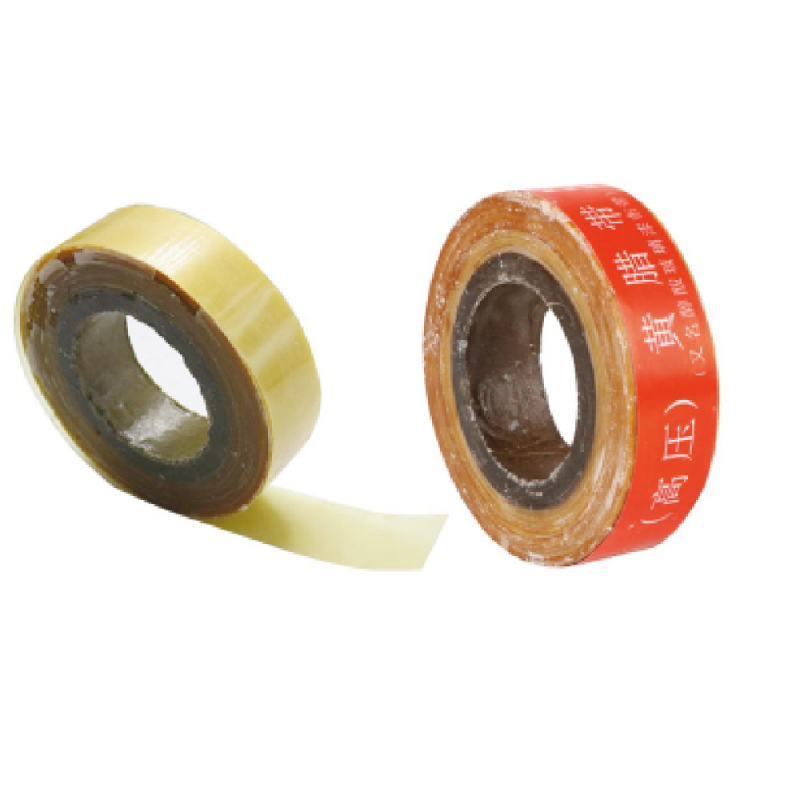Liquid Rubber Electrical Insulation A Comprehensive Overview
In the realm of electrical engineering and construction, ensuring safety and efficiency requires innovative solutions. One of the most effective methods of achieving this is through liquid rubber electrical insulation. This technology not only offers superior protective qualities but also helps in enhancing the lifespan and reliability of electrical systems. This article dives into the characteristics, benefits, applications, and the future of liquid rubber as a preferred insulation material.
Understanding Liquid Rubber Electrical Insulation
Liquid rubber insulation is a polymer-based material that can be applied in a liquid state and solidifies to form a flexible, durable, and waterproof barrier. Typically, it is composed of synthetic rubber and other compounds that enhance its insulating properties. Once cured, liquid rubber forms a continuous layer that adheres to various substrates, creating a seamless coating that protects electrical components from moisture, environmental stressors, and mechanical wear.
Key Characteristics
1. Flexibility and Durability One of the standout features of liquid rubber insulation is its flexibility. Unlike traditional rigid insulators, liquid rubber can expand and contract with temperature changes, reducing the risk of cracking and degradation over time. This quality makes it suitable for use in dynamic environments where thermal cycling is common.
2. Waterproof and Corrosion-Resistant Liquid rubber provides excellent waterproofing, making it ideal for outdoor equipment and exposed electrical installations. Its resistance to corrosive elements also protects electrical systems from rust and oxidation, which are common culprits in electrical failures.
3. Electrical Insulation Properties Liquid rubber has a high dielectric strength, which means it can effectively withstand high voltages without allowing current to flow through. This property is crucial in preventing short circuits and electrical arcing, ensuring the safety of both equipment and personnel.
Benefits of Using Liquid Rubber
The advantages of employing liquid rubber for electrical insulation are numerous
- Ease of Application Liquid rubber can be applied using brushes, rollers, or spray systems, allowing for quick and uniform coverage. This makes it advantageous in situations where traditional insulation methods may be cumbersome or challenging to implement.
- Seamless Protection The liquid nature of the material allows it to conform to irregular surfaces and fill gaps, ensuring comprehensive coverage without seams or joints that can trap moisture or dirt.
liquid rubber electrical insulation

- Environmental Resistance Liquid rubber is formulated to withstand harsh environmental conditions, including UV radiation, ozone, and extreme temperatures
. This resilience ensures that electrical systems remain protected over extended periods, even in challenging climates.- Cost-Effectiveness While initial costs may be comparable to traditional insulators, the longer lifespan and lower maintenance requirements of liquid rubber make it a cost-effective choice in the long run.
Applications
Liquid rubber electrical insulation is widely used in various sectors, including
- Transportation It is commonly applied in vehicles, airplanes, and trains to insulate wiring and protect electrical components from environmental factors.
- Construction In building projects, liquid rubber is used to insulate electrical systems and protect them from moisture ingress, which can lead to costly repairs.
- Industrial Equipment Many manufacturing processes leverage liquid rubber insulation to shield machinery and electrical installations from wear and tear.
- Renewable Energy As renewable energy technologies like solar panels and wind turbines grow in popularity, liquid rubber insulation serves as a reliable protection against the elements.
The Future of Liquid Rubber Insulation
The future looks bright for liquid rubber electrical insulation as technology continues to advance. Research is ongoing to improve its formulation, enhancing its thermal stability and environmental compatibility. Additionally, with growing awareness of the need for sustainable materials, manufacturers are exploring bio-based alternatives for liquid rubber, promising an eco-friendlier solution for insulation.
In conclusion, liquid rubber electrical insulation represents a significant advancement in protective technology for electrical systems. Its unique qualities, coupled with extensive applications across multiple industries, make it a valuable choice for enhancing safety and performance. As the demand for high-quality electrical insulation continues to rise, so too will the innovations surrounding liquid rubber, cementing its place in the future of electrical engineering.
-
Self Amalgamating Tape: Redefining Electrical Insulation and ProtectionNewsAug.07,2025
-
Seal Strip Solutions: Revolutionizing Energy Efficiency and Comfort in Modern BuildingsNewsAug.07,2025
-
High Voltage Electrical Tape: Powering Safety and Reliability in Modern InstallationsNewsAug.07,2025
-
Flex Tape Waterproof: Transforming the Future of Instant RepairsNewsAug.07,2025
-
Elevate Electrical Safety Standards with High-Performance PVC Electrical TapeNewsAug.07,2025
-
Butyl Rubber Tape: The Ultimate Solution for Reliable Sealing and WaterproofingNewsAug.07,2025
